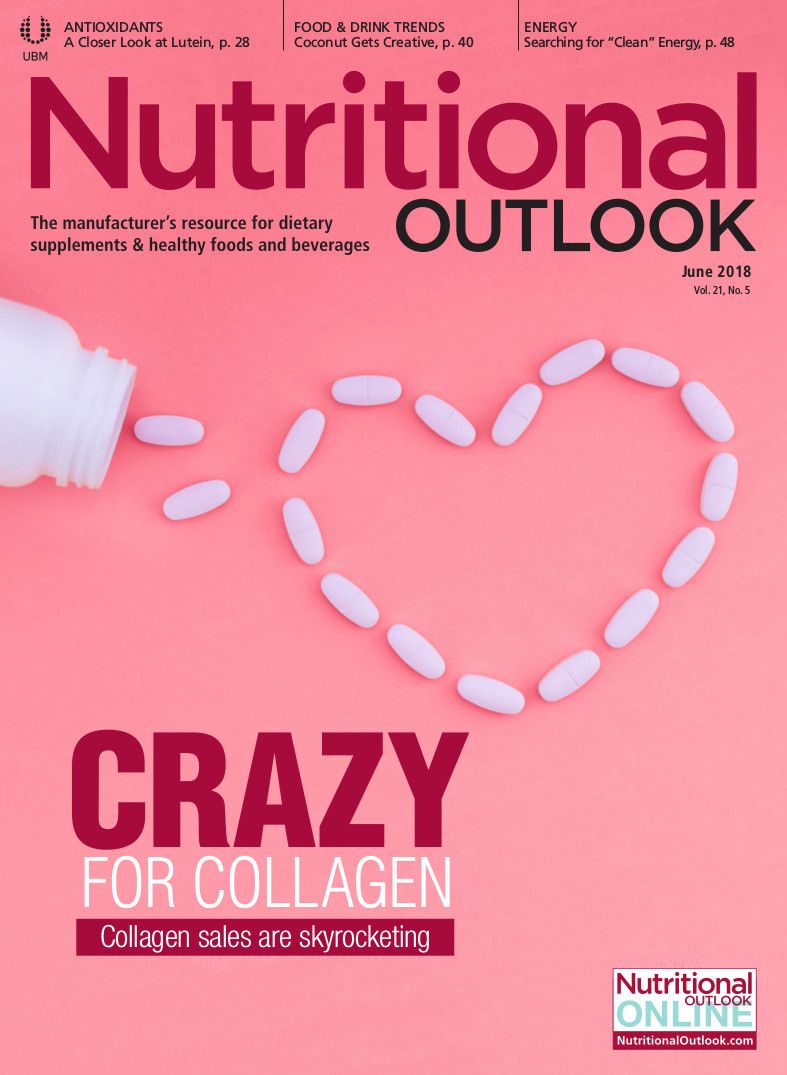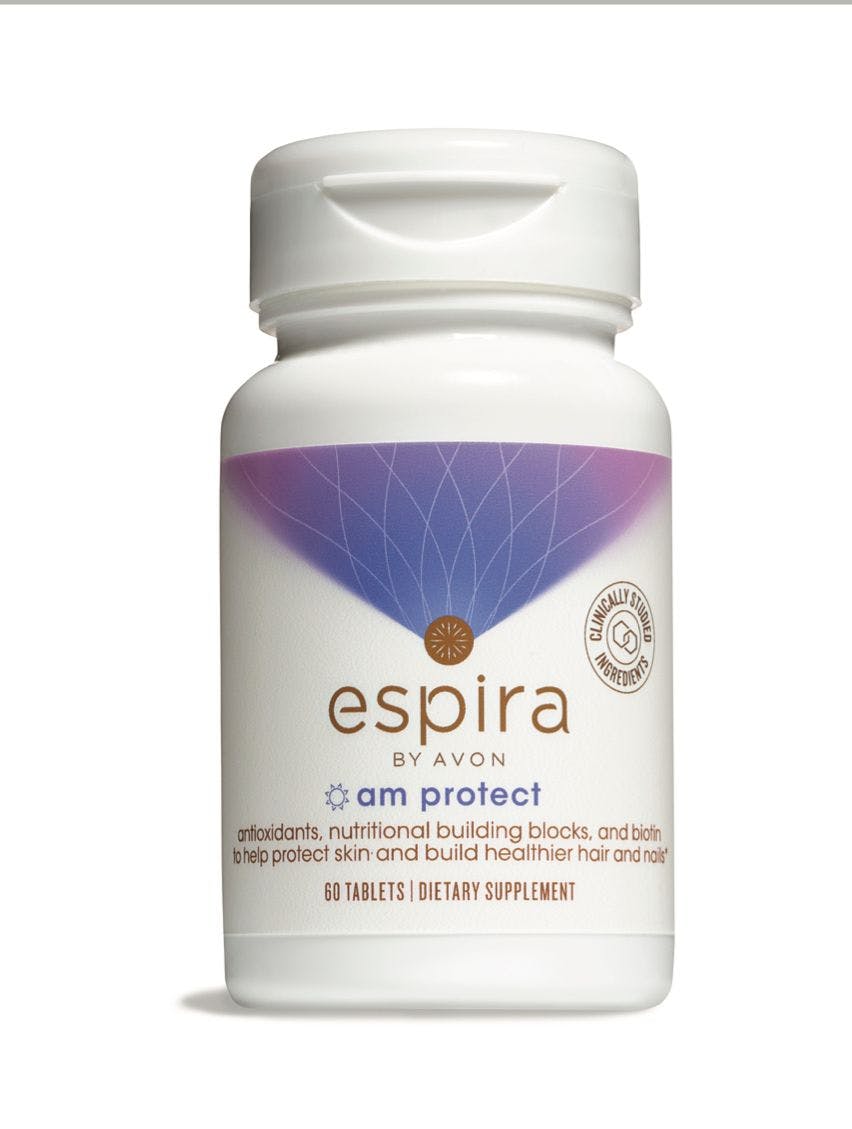Pet health supplements raise the bar with clean, well-researched ingredients
As in the human supplement market, clean-label trends are putting pressure on pet health supplement brands to reformulate.
Photo © Shutterstock.com/Tyler Olson

Millennials may be putting off getting married, buying houses, and starting families, but according to AdWeek, there’s one milestone they’re not missing: adopting their first pets. Not only do around 75% of Americans in their 30s own a dog, but 44% of Millennials see their furry companions as “practice” for being a parent. And this is transforming the pet health ingredient market from one that’s specialty to one that’s increasingly mainstream.
According to Packaged Facts’ most recent “Pet Supplements in the U.S.” report, published in April 2017, 38% of Millennials purchase pet health supplements, making them 41% more likely than average to do so. Thanks to their enthusiasm, sales of pet supplements have seen increases ever since the Great Recession, at a compound annual growth rate of 3.5% through 2016. Dog owners make up the most active share of the market, buying three times as much product as cat owners.
If you ask Nena Dockery, technical services manager at Stratum Nutrition (Carthage, MO), single-person families and empty-nest Baby Boomers-two groups who, like Millennials, see their pets as family-are also driving sales across the pet health market, and “pet food advertising has capitalized on this movement, focusing on nutrient-rich and more natural pet food ingredient formulations,” she says. Additionally, the veterinary community has mirrored the physician community in that it’s increasingly receptive to recommending supplements as part of a healthy-living plan. All of this has only further served to spread the word about natural solutions and supplements for pets.
“Many consumers consider their animal companions to be family members, so are equally concerned about their pets’ health and wellbeing,” says Shaheen Majeed, worldwide president of Sabinsa (East Windsor, NJ), which offers a number of ingredients for pet products under the brand name VetVitals. As a result, he explains, consumers extend their own self-care practices-which increasingly includes supplements-to their pets.
As interest in the pet health supplement market grows, so too do opportunities for brands. “As companion animals live longer lives, their health needs will continue to expand,” says Dockery. “This will provide both challenges and opportunities for those companies who commit to providing safe and effective foods and supplements for pet owners who desire to support the health needs of their animal friends in the best way possible.”
Top Challenges
As in the human supplement market, clean-label trends are putting pressure on pet health supplement brands to reformulate. According to Majeed, consumers want to know exactly what goes into the supplements they feed their pets, and are looking for brands that can put that information right on the label. Specifically, Majeed sees demand to eliminate artificial colors and flavors, grains, gluten, and corn from pet products. “Suppliers need to ensure that their ingredients are free from all of these,” he says.
Jon Getzinger, chief marketing officer at Puris (Minneapolis, MN), is also seeing trends from the human supplement market bleed into the pet sector, especially trends towards using less corn and soy, and beefing up formulations with more protein. He has noticed that ingredients like Puris’s pea starches, which would not have been top of mind for pet formulators in years past, are increasingly in demand as alternatives to corn starches.
But, with better ingredients comes a bigger price tag, and that’s one of the biggest challenges that Getzinger sees in the pet market today. The solution? “Talented marketers are finding ways to pass along these additional costs to purchasers by properly positioning the end products as premium,” he says, which also increases margins. Another possible solution to offset rising costs is bundling ingredients from the same process-for instance, pea proteins, starches, and fibers. This helps suppliers “spread overhead across all the products, and not just the protein,” says Getzinger, which results in “not only lower overall costs, but provides a great story for consumers tracing our ingredients from the U.S. farmer to their pets’ dinner bowl, while sustainably using all parts of the pea and not just the protein.”
The key for this, explains Bill Bookout, president of the association the National Animal Supplement Council, is for brands to reach out to consumers directly to tell their stories and, therefore, justify pricing. Selling products through a veterinarian’s office can build advocacy, but it adds a layer between the company and its consumer. “I’ve always been of the opinion that the company that reaches out and educates the end user will be successful at the end of the day,” he says.
Another challenge still facing this sector is determining the correct dosage for animal products, says Dockery, as even within the same species of animal there can be drastic differences in size. “This is particularly true for dogs,” she says, “where the weight can vary by more than 100 pounds between breeds.” The only way to combat this challenge, she adds, is to be knowledgeable in the physiology of the animal and also know “how to adjust dosing to be the safest and most effective, particularly when formulating for animal species in which there is a large variation in size.”
The way forward is through animal research that not only tests for safety in lab animals, but also tests for efficacy in the companion animals that will ultimately use the product. And many brands and suppliers are beginning to do so.
Recent Research
AstaReal Inc. (Burlington, NJ) recently published a study examining whether a nutritional antioxidant supplement could improve visual function in healthy dogs1. A total of 12 Beagles, ages six through eight with normal eyes, were randomly assigned to receive a feeding regimen for six months either with or without supplementation. What researchers found was that, compared to the control group, dogs that took the antioxidant showed improvement in retinal function and significantly less decline in refractive error. “Dogs, like humans, experience retinal and lens functional decline with age,” says Karen A. Hecht, scientific affairs manager at AstaReal. “Antioxidant supplementation as demonstrated may be beneficial and effective in the long-term preservation and improvement of various functions of the canine eye.”
In 2017, new research from Lonza (Basel, Switzerland) demonstrated the positive impact of L-carnitine in the performance and recovery of working dogs2. A total of 96 Labrador Retrievers were given 250 mg of Carniking L-carnitine once daily for up to 14 weeks. Along with exercise, supplementation was shown to improve activity, body composition, and recovery markers. Specifically, the dogs gained lean muscle mass, were more active during test sprint and endurance runs, and had a lower creatinine kinase level (a marker for muscle damage). According to Aouatef Bellamine, senior scientific manager at Lonza, this data is promising for senior pets, in particular, among whom muscle performance is an unmet need.
Maintaining physical performance was also at the center of a canine study recently published in Veterinary Medicine: Research & Reports, which examined the efficacy of Stratum Nutrition’s NEM eggshell membrane3. Fifty-one privately owned dogs having mild to moderate persistent sub-optimal joint function (for example, difficulty in getting up from a lying position, a noticeable limp, impaired gait, difficulty in climbing stairs, etc.) received either oral NEM at a dose of 6 mg/lb or placebo once daily for six weeks.
Researchers found that supplementation with NEM significantly reduced joint pain and improved joint function rapidly, and demonstrated a lasting improvement in joint pain, leading to an improved quality of life. Moreover, a profound chondroprotective effect was demonstrated following six weeks of supplementation with NEM. There were also clinically meaningful results from a brief responder analysis, demonstrating that a significant proportion of treated dogs may benefit substantially from NEM supplementation.
Also read:
Pet Health Supplements: Paw-Portunity Knocks
Pet Food Trends in 2017: Clean Label, Healthy, and Premium
The Growing Pet-Supplements Market
References:
- Wang W et al. “Antioxidant supplementation increases retinal responses and decreases refractive error changes in dogs.” Journal of Nutritional Science. Published online May 10, 2016.
- Varney JL et al. “Utilisation of supplemented L-carnitine for fuel efficiency, as an antioxidant, and for muscle recovery in Labrador retrievers.” Journal of Nutritional Science. Published online April 3, 2017.
- Ruff KJ et al. “Effectiveness of NEM brand eggshell membrane in the treatment of sub-optimal joint function in dogs: a multicenter, randomized, double-blind, placebo-controlled study,” Veterinary Medicine: Research & Reports, vol. 7 (August 2016): 113–121


.png&w=3840&q=75)

.png&w=3840&q=75)



.png&w=3840&q=75)



.png&w=3840&q=75)




















